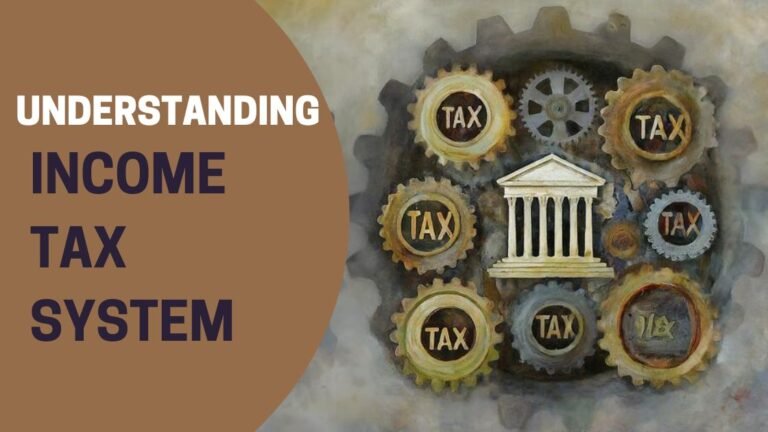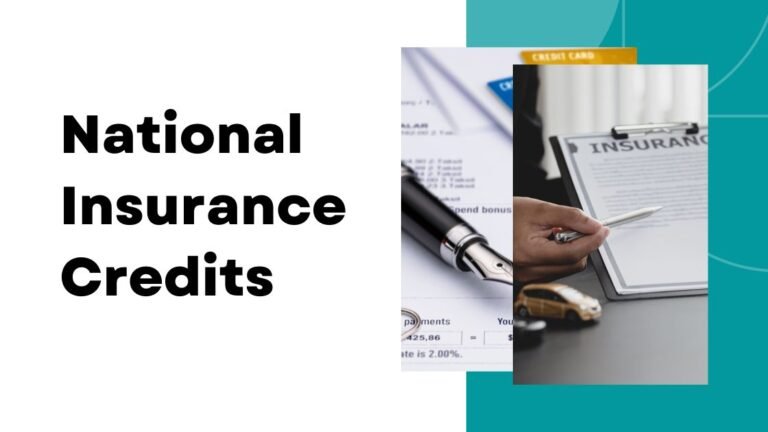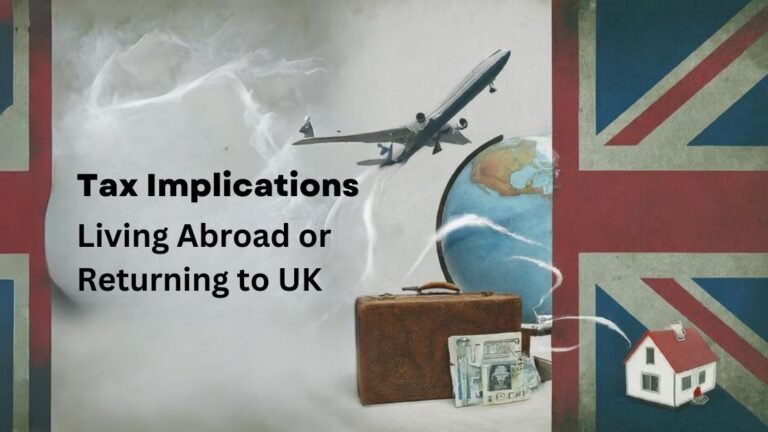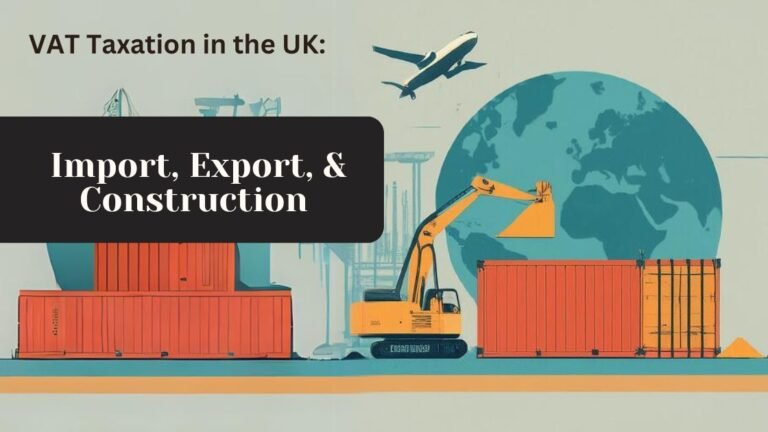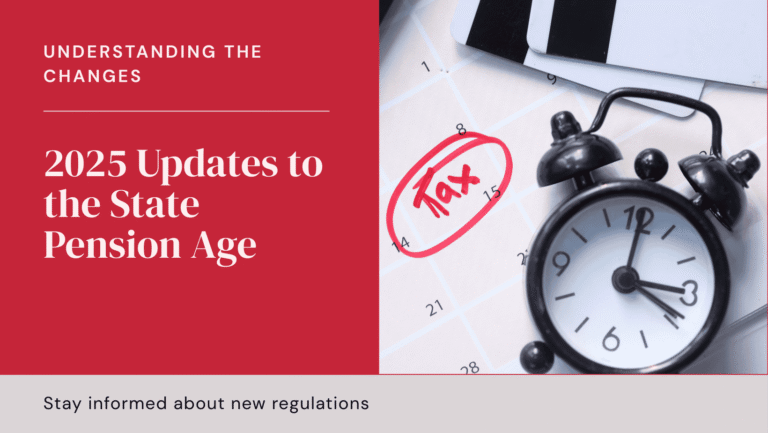Capital Gain Reliefs – Guide to Tax Savings on Business Assets
In the UK, business asset tax relief can help you reduce your tax liabilities, when selling qualifying assets. This tax relief is aimed at encouraging entrepreneurship, investment, and innovation. Here are some ways to get tax relief when you sell business asset.
- Business Asset Disposal Relief
As part of the Business Asset Disposal Relief or previously known as Entrepreneurs’ Relief, entrepreneurs are encouraged to become entrepreneurs, to reward their hard work and investments, and to promote business growth and innovation. The relief offers eligible individuals the opportunity to take advantage of a 10% reduced capital gains tax rate when disposing qualifying business assets, this includes shares in trading companies, business assets, and certain types of business-related property. The 10% reduction applies to a lifetime limit of £1 million, and any gains exceeding the lifetime limit are taxed at the standard rate.
Qualifying Condition
Based on the business asset that is disposed, following qualifying conditions must be satisfied to qualify for the relief claim.
- If you are selling whole or part of business, to qualify for Business Asset Disposal Relief, individuals must have been:
- a sole trader or business partner, and
- have owned the business for at least 2 years.
- If you are selling shares and shares are from an Enterprise Management Incentive (EMI), to qualify for the relief, individuals must have been:
- an employee or office holder of the company,
- have bought the shares after 5 April 2013,
- have been given the option to buy them at least 2 years before selling them, and
- the company’s main activities are in trading.
- If you are selling shares and shares are not from an EMI (which means business must be personal company), to qualify for the relief, individuals must have been:
- an employee or office holder of the company,
- have 5% of both shares and voting,
- the company’s main activities are in trading, and
- either, entitled to at least 5% of profits that are available for distribution and assets on winding up the company, or disposal proceeds if the company is sold.
- If the company stops being a trading company, you can still qualify for relief if you sell your shares within 3 years.
- If you’re selling assets you lent to the business, to qualify for the relief, individuals must have:
- sold at least 5% of your part of a business partnership or your shares in a personal company, and
- owned the assets but let your business partnership or personal company use them for at least one year up to the date you sold your business or shares – or the date the business closed.
What tax you will pay on gains?
| Category | Tax Rate |
| Gains eligible for Business Asset Disposal Relief | 10% |
| Gains not eligible for Business Asset Disposal Relief | Pay according to what income tax rate you pay |
Gains not eligible for Business Asset Disposal Relief:
| Income Tax Band | Residential Property | Other Chargeable Assets |
| Basic Rate | 18% | 10% |
| Higher Rate | 28% | 20% |
- Business Asset Rollover Relief
In the UK, Business Asset Rollover Relief provides business owners with the option to defer Capital Gains Tax when disposing of certain business assets and reinvesting the proceeds into new qualifying assets. The relief allows businesses to restructure, acquire new assets, or reinvest in their enterprises with greater flexibility and tax advantages. By deferring CGT liabilities, businesses can preserve cash flow and reinvest capital into growth opportunities while deferring CGT liabilities. The assets that must be disposed of and acquired in order to qualify for Relief are those that are qualifying business assets. These include, for example, land, buildings, machinery, shares in qualifying trading companies, and other assets which are part of a business entity.
In the event of selling the original asset, CGT liability on the gain will be deferred until a later date when the new asset is sold. Essentially, the deferred gain is rolled over to the cost of a new asset, which reduces CGT liability when it is sold.
To qualify for Business Asset Rollover Relief, so that you can defer from CGT, you must:
- reinvest into new qualifying assets either within 3 years after the disposal of the asset or 1 year before the disposal,
- your business must be trading when you sell the old assets and buy the new ones, and
- you must use the old and new assets in your business.
You will get partial relief when you have part of the proceeds reinvesting in your business after selling old assets, or if you have used part of the proceeds to purchase depreciating assets (fixed plant, machinery, or equipment that is expected to last less than 60 years), you are eligible for partial relief.
To claim for the relief, fill in help sheet HS290 Business asset roll-over relief and include it with your Self-Assessment tax return. You can claim tax relief within the 4 years of the end of tax year when you bought or sold the asset.
- Incorporation Relief
An individual or partnership may be able to benefit from Incorporation Relief when they transfer their business to a company in exchange for shares without having to pay immediate capital gains tax. The company assets can include goods, equipment, and other tangible and intangible assets. Upon receiving the business assets, the company takes on the assets and liabilities transferred, and the transferor becomes a shareholder in the company. This relief allows a business owner (transferor) to defer payment of Capital Gains Tax (CGT) on the disposal of business assets when they incorporate their business into a company structure. The Capital Gain Tax liability is deferred until the shares received in exchange for the transfer are disposed of in the future. When a company transfers assets, its cost is calculated based on the market value of those assets at the time of the transfer. Incorporation Relief is automatically granted, no need to claim for it.
To qualify for Incorporation Relief, one must meet the following conditions,
- be a sole trader or business partnership, and
- transfer all the assets of the business (except cash) to the company in exchange for shares.
Under Incorporation Relief, you will pay no tax until you sell all your assets in exchange of shares. However, you must pay Capital Gains Tax on the cash you have received while transferring your business.
What amount of CGT you will pay when you sell your shares in the future?
Capital Gain Tax = Market value of the shares you received – Gain made when business was sold in exchange of shares
Example:
- You sold your business in exchange for shares worth of £50,000. You made a gain of £25,000 during the process. Later when you sell your shares, on what amount you will pay the CGT?
- CGT = £50,000 – £25,000 = £25,000
- Your business is worth of £50,000 and sold you business in exchange for 80% shares (i.e. £40,000) and 20% cash (i.e. £10,000). You made a gain of £25,000 during the process. How will you pay your CGT?
- You need to pay tax on the 20% of the gain in your next tax return as you have sold your company in exchange of cash, i.e., 20% of £25,000 = £5,000
- You will pay CGT on the remaining 80% of gain when you will sell these shares, i.e., 80% of £25,000 = £20,000.


